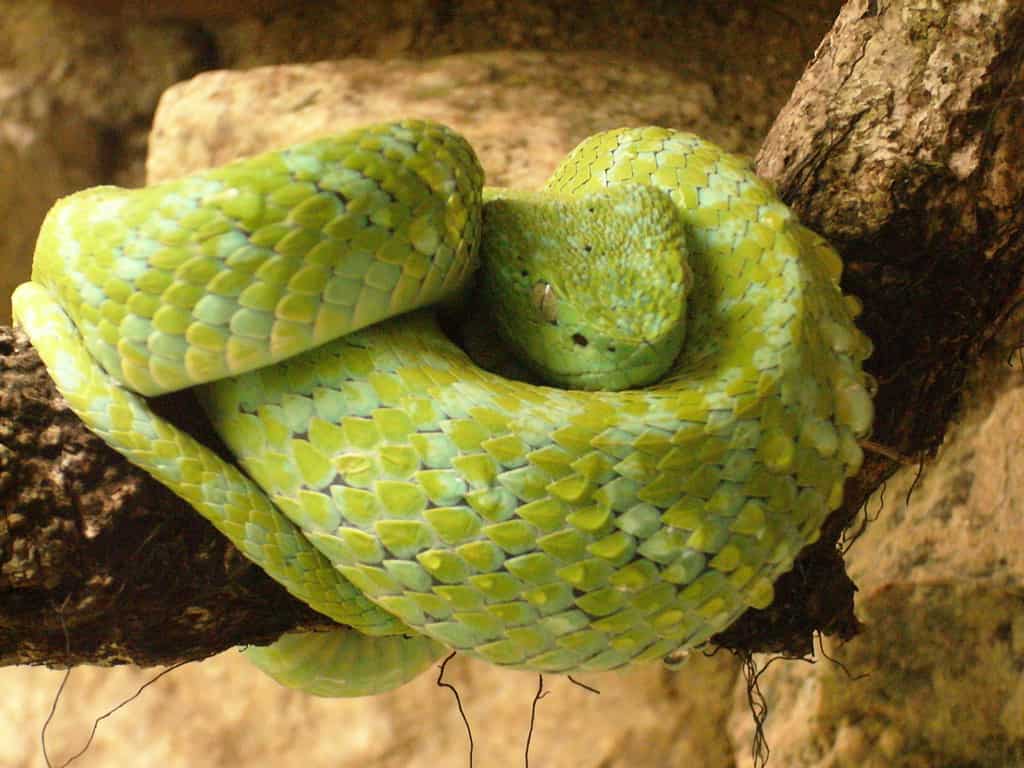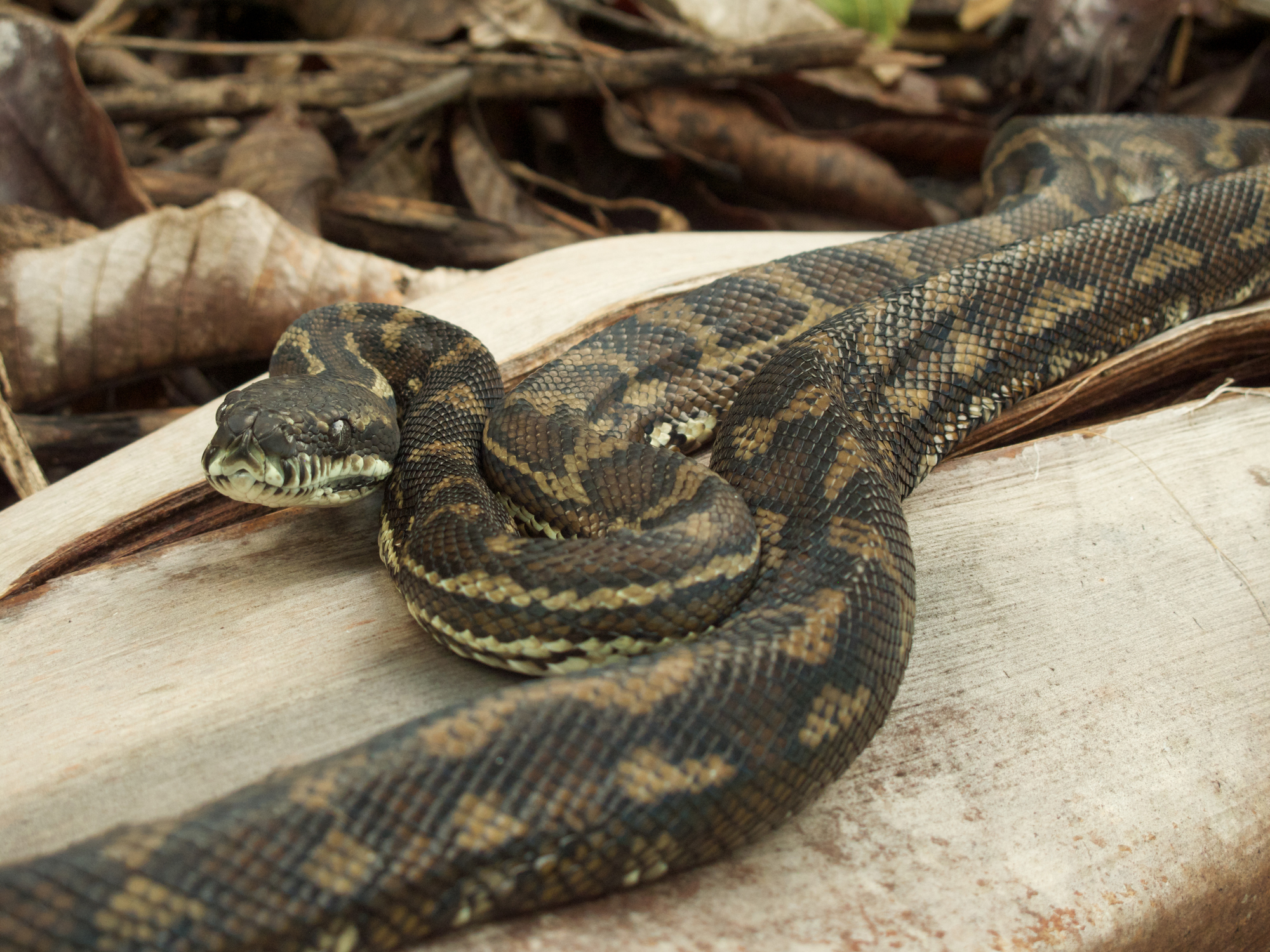Introduction
The tiger serpent is among Australia's many well-known reptiles, feared for its powerful poison and hostile character. Nocturnal snakes Australia This fascinating animal plays an important role in the environment, yet it commonly faces misconceptions that result in unneeded fear. In this extensive post, we will certainly look into the globe of the tiger snake, exploring its habitat, poison qualities, and vital emergency treatment techniques in instance of a serpent bite.
Understanding the Tiger Serpent: Habitat, Venom, and First Aid Essentials
Tiger snakes are predominantly located along the southern coast of Australia, consisting of Tasmania. They flourish in numerous environments such as wetlands, seaside areas, and even metropolitan areas. Their adaptability makes them effective killers; nonetheless, their distance to human habitats frequently brings about experiences that can lead to bites.
This post aims to debunk tiger snakes by reviewing their habitat choices, analyzing their poison make-up and results on humans, and providing crucial emergency treatment info for bites.
1. Tiger Serpent Environment: Where Do They Live?
1.1 Overview of Tiger Snake Distribution
Tiger serpents (Notechis scutatus) are mainly found in southern Australia and Tasmania. They inhabit numerous ecological communities ranging from coastal marshes to freshwater lakes.
- Coastal Regions: Tiger snakes are usually discovered near shorelines where they quest for fish and amphibians. Wetlands: These areas supply sufficient hiding areas and bountiful prey. Urban Locations: As cities increase into all-natural environments, tiger snakes may be seen venturing into country yards or parks.
1.2 Preferred Environments of Tiger Snakes
Tiger snakes like damp atmospheres where water resources are readily offered. Their habitats commonly include:
- Marshes: The dense plant life allows them to ambush prey effectively. Swamps: These locations use shelter from killers while providing an abundant searching ground. Riversides: Water bodies bring in numerous pets which function as food resources for these snakes.
1.3 Environmental Elements Affecting Environment Choice
Several elements influence where tiger snakes select to stay:
- Temperature: Being ectothermic (cold-blooded), they call for warm atmospheres for optimal activity levels. Prey Availability: High populations of frogs and little mammals attract these snakes. Shelter: Thick vegetation serves not just as camouflage yet also as protection versus potential threats.
2. Are Tiger Snakes Venomous? Recognizing Their Venom
2.1 Structure of Tiger Snake Venom
Yes! Tiger serpents are undoubtedly venomous animals. Their poison is a complex mixture including neurotoxins that can create paralysis and coagulopathies affecting blood clotting mechanisms.
Key Parts of Poison:
- Neurotoxins: Affect nerve function leading to paralysis. Hemotoxins: Damage capillary causing internal bleeding.
Understanding these components helps us value the effectiveness of a tiger serpent bite.
2.2 Results of a Tiger Snake Attack on Humans
A bite from a tiger snake can cause extreme symptoms:

- Local Signs: Pain, swelling, and staining at the bite site. Systemic Signs: Queasiness, vomiting, problem breathing due to paralysis or constraint of airways.
Severity Levels
Minor Bite: Local pain without systemic symptoms. Moderate Bite: Systemic signs and symptoms but convenient with medical care. Severe Bite: Dangerous; calls for instant medical intervention.3. Determining Various Sorts Of Tiger Snakes
3.1 Eastern vs Tasmanian Tiger Snakes
There are 2 key Supportive Care groups based upon geographic circulation:
Eastern Tiger Snake (Notechis scutatus)
Found along eastern coastlines as much as Queensland.
Tasmanian Tiger Serpent (Notechis scutatus)
Adapted especially to Tasmania's unique setting with a little differing coloration patterns.
3.2 Shade Variations in Environment Preferences
Tiger serpents display significant color variations depending on their environment:
- Coastal populations usually present red stripes or blotches for much better camouflage against sandy shores.
4. Behavior Patterns of Tiger Snakes
4.1 Hostility Level
Tiger serpents are known for their aggressive actions when intimidated or caught which can lead to protective strikes if provoked.
4.2 Hunting Techniques
They have remarkable dexterity permitting them to strike quickly at prey such as frogs or small rodents mostly throughout golden hours when they're most active-- making them nocturnal hunters!
5. First Aid for Serpent Bites: Crucial Actions You Should Know
When it comes to handling snake attacks, understanding is vital!
5.1 Immediate Actions After a Bite
If bitten by a tiger snake:
Stay calm! Panic raises heart rate which spreads venom faster through your bloodstream.
Apply pressure around the wound using tidy cloths-- stay clear of reducing or sucking out venom!
Remove limited clothing/jewelry near the bite site; swelling might happen rapidly.
Immobilize the influenced arm or leg utilizing splints when possible-- this limits motion aiding slow down poison spread!
5.2 Getting Medical Help
Seek emergency situation clinical assistance quickly! Time is crucial when taking care of possible envenomation from tiger serpents!
5.3 First Aid Set Basics for Snake Bites
Having a well-appointed emergency treatment kit can make all the distinction during emergency situations:
|Item|Summary|| ------|-------------|| Pressure Bandage|Helps immobilize injury|| Sterile Gauze|For clothing injuries|| Emergency Situation Call Details|Quick gain access to numbers|| Antivenom Details|Expertise about neighborhood antivenoms|
6 FAQs Concerning Tiger Snakes
Q1: Are all tiger snakes dangerous?
A: While all have venomous capabilities impacting people dramatically-- most choose avoidance unless threatened!
Q2: Exactly how swiftly does tiger serpent poison influence humans?

Q3: Can you make it through a tiger serpent bite without treatment?
A: Without treatment bites can be deadly as a result of rapid development; prompt healthcare is crucial!
Q4: What must I do if I come across one?
A: Maintain range & & pull back gradually; stay clear of sudden activities that might prompt aggression!
Q5: Exactly how usual are attacks from tiger snakes?
A: Although encounters happen frequently-- real attacks continue to be relatively rare due greatly due preventive procedures taken by citizens living within affected ranges.
Q6: Exists a remedy available?
A: Yes! Antivenoms specific for Australian varieties exist-- medical facilities lug these medicines all set when required urgently post-bite incidents!

7 Conclusion
Understanding the intricacies surrounding "Understanding the Tiger Snake: Environment, Poison, and Emergency Treatment Essentials" is critical not just for individual security however also cultivating coexistence with these exceptional creatures living in Australia's landscape! By Anti-venom discovering more regarding their behaviors & & effective feedback techniques concerning potential experiences-- we equip ourselves much better versus unneeded concerns while appreciating nature's diversity completely! So let's accept education rather are afraid-- it leads towards harmony in between mankind wildlife alike!